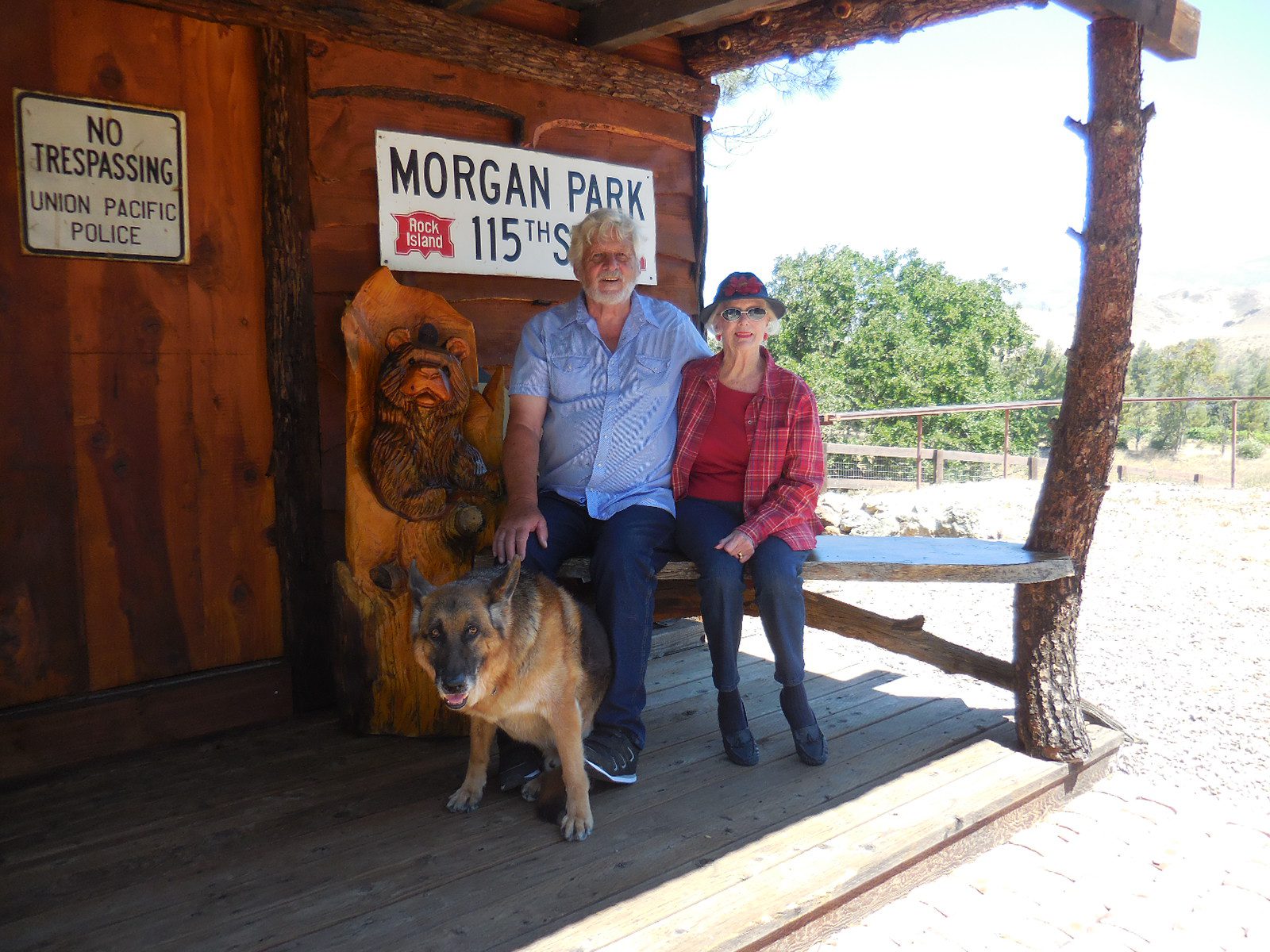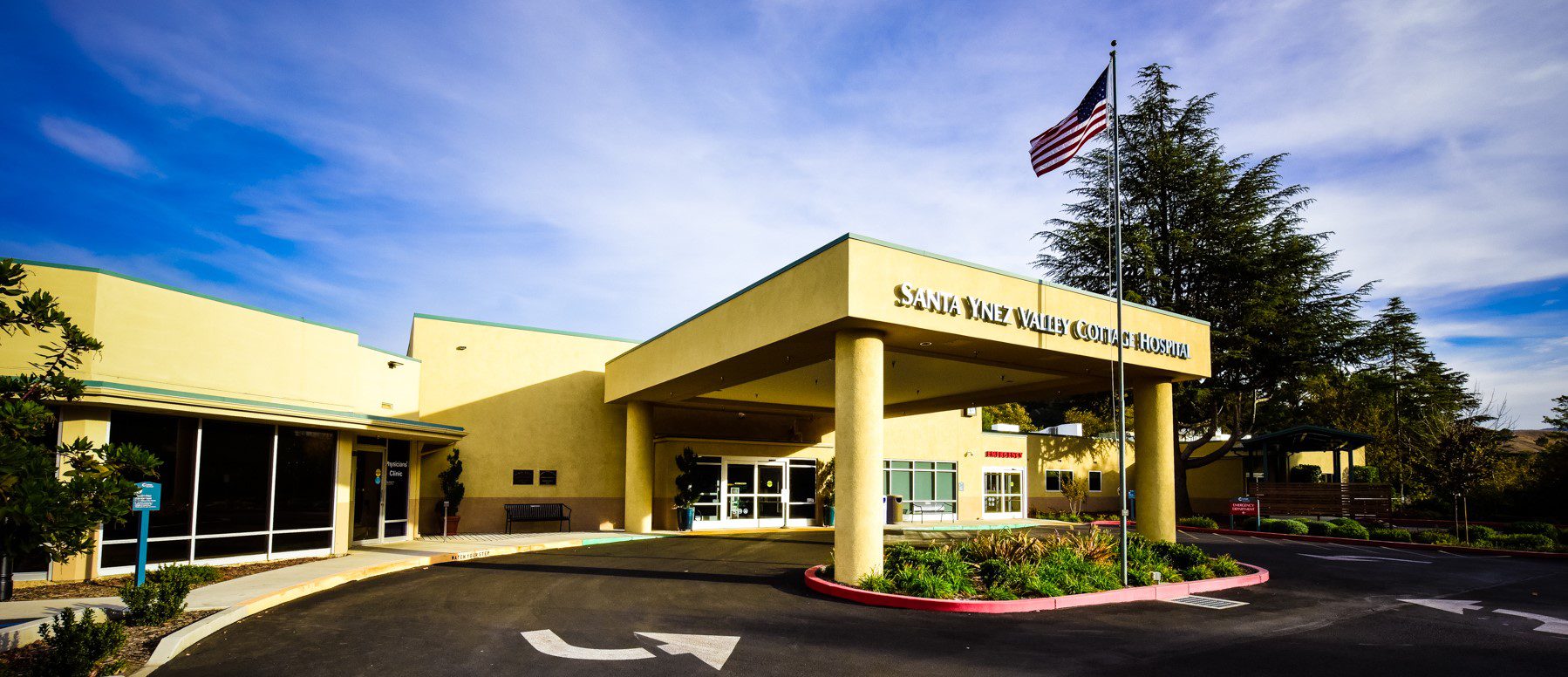By John Copeland
Contributing Writer
Here in the Santa Ynez Valley, you can see the evidence of spring nearly everywhere you look. We are also in the midst of two of the most resonant religious observances of our western culture, the Jewish Passover and Christian celebration of Easter. Both Easter and Passover, share similarities with many other of cultures’ spring festivals, all of which represent new beginnings.
Passover is probably the best known of the Jewish holidays, mostly because it ties in with Christian history — the Last Supper was a Passover seder. Passover is a festival of freedom and celebrates the Hebrew’s Exodus from Egypt after 400 years of slavery.
The Old Testament Book of Exodus recounts that God inflicted 10 plagues on the Egyptians before Pharaoh finally released his Hebrew slaves. Before the 10th plague, the Hebrews were instructed to mark the doorposts of their homes with the blood of a spring lamb. The Lord’s Angel of Death would “passover” the homes marked with the lamb’s blood, sparing the first born. But at homes without the mark, the Angel of Death slew the firstborn male in every family, from Pharaoh’s son to the prisoner in the dungeon, even the firstborn of livestock. This is how the festival’s name “passover” was derived. In the aftermath of the 10th plague, Pharaoh freed the Hebrews. Passover has been observed by Jews for over 3,000 years.
Easter, which, this year, is on Sunday, April 4, is for Christians, the time of year with the greatest spiritual significance. For much of the rest of the Western world it is a holiday weekend filled with dyed eggs, chocolate bunnies, jelly beans and other sweet treats. However, Easter is more than the commemoration of the death and resurrection of Jesus Christ, just as it is more than a massive chocfest for kids and the confectionery industry.
Easter and Passover are more than just religious celebrations. We commonly refer to both of them as seasons. Being in the midst of spring they also remind us of life’s cycles. The ancient festivals of this time have a a rich tradition of folklore, which is fascinating and provides insight to the foundations of our own culture and stretches back long before the advent of Christianity.
Have you ever wondered why we call this time of year Easter? Or, why do we dye eggs? And who is the Easter Bunny?
The name Easter is derived from the Anglo Saxon “Eostre,” their goddess of spring and of the dawn. Eostre was a fertility goddess — eggs and rabbits were sacred to her, as was the full moon. Our words east and estrogen are both derived from her name.
Eostre’s festival was a lunar festival held around the spring equinox. Even today, the moon still exerts its influence on when Easter is celebrated. Early in the history of the Christian church, and after considerable debate and controversy, the date of Easter was fixed by a formula still in use today. Easter is timed to be on the Sunday that follows the first full moon after the spring equinox. This is the reason why Easter falls between March 22 and April 25 and from year to year the date is always different.
You’re probably thinking, OK, I understand the moon association, but what do the eggs and rabbits have to do with all of this? Well, in Eostre’s myth, the goddess saved a bird, whose wings had frozen during the winter, by turning it into a rabbit. Because the rabbit had once been a bird, it could still lay eggs, and that rabbit, over time, evolved into the Easter Bunny.
Eggs, like rabbits and hares, are fertility symbols of extreme antiquity. To our pre-Christian ancestors, it was a most startling event to see a new and live creature emerge from a seemingly dead object. The egg to them became a symbol of spring. In Judaism, eggs are an important part of the Passover seder. In fact, many ancient cultures, including the Egyptians, Persians, and Romans, all used eggs in their spring festivals.
In Medieval Europe, eggs were often “given up” during Lent. Folks would not have eaten eggs during those forty days, but the chickens kept laying them. So eggs became a mainstay of Easter meals, and a prized Easter gift for children and servants.
Hardboiled eggs were dyed red in memory of Christ’s blood, then given to children as a talisman to preserve their health over the ensuing twelve months. The protective qualities of the scarlet-dyed egg are still invoked in parts of Europe where a red-dyed hardboiled egg is often buried at the edge of the fields to guard fields and vineyards from lightning and hail. Our modern hardboiled and candy Easter eggs harken back to a time when the eggs were used for a more serious purpose.
On orders of the Pope, the early Christian church, assumed the festival of Eostre, incorporating the customs into its ceremonies. Because the festival of Eostre celebrated life and its rebirth in spring, European Christians found it easy to swap Eostre as a symbol of rebirth for the resurrected Christ, but retained the name Eostre or Easter for the holiday.
But old festivals and traditions aside, like Christmas, Easter has been commercialized beyond any semblance of religious or even folk customs. However, as long as children still hunt for eggs on Easter Day, we will be re-enacting traditions that stretch back for millennia.
One last thing to share with you about Easter: The Celtic folk, poetic as usual, claim that the rising sun actually dances on Easter morning, and to this day, people in Ireland, Scotland and parts of England get up before dawn and head for the nearest hilltop. This tradition is also why outdoor sunrise Easter services have remained popular over the years.







